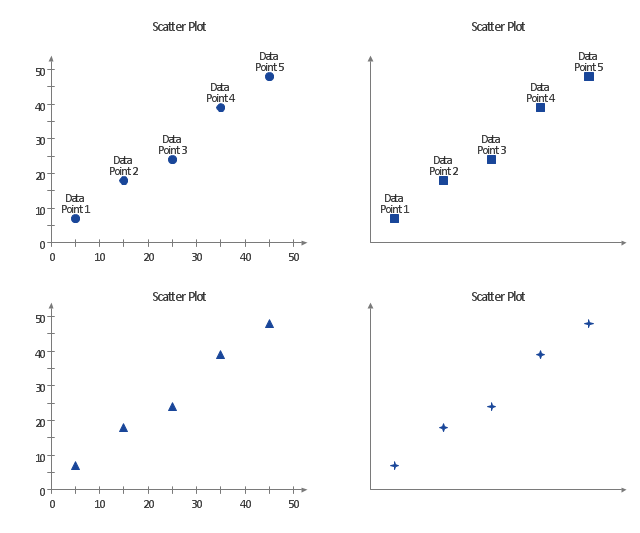

In this case you must accept the alternative (H 1) hypothesis that there is a correlation between your data sets. If your p-value is close to 0, the observed correlation is unlikely to be due to chance and there is a very high probability that your null hypothesis is wrong. A p-value close to 1 suggests no correlation other than due to chance and that your null hypothesis assumption is correct. The p (or probability) value obtained from the calculator is a measure of how likely or probable it is that any observed correlation is due to chance. Your hypothesis should always be stated in its null (H 0) and alternative (H 1) forms. This is known as setting the null hypothesis (H 0). To prove something using statistics, you should assume the opposite, that there is no correlation between your data sets. We can describe the strength of the correlation using the following guide for the value of R s : An R s of 0 indicates no association between ranks.

The answer will always be between 1.0 (a perfect positive correlation) and -1.0 (a perfect negative correlation). The coefficient ( R s) is calculated on this calculator using the common formula:

a 7-point scale from 'strongly agree' through to 'strongly disagree'). Spearman's Rank has many common uses in geography including the analysis of changes in economic, social or environmental variables over distance along a transect line, or questionnaires with Likert scales (e.g. This calculator generates the R s value, its statistical significance level based on exact critical probabilty (p) values, scatter graph, trend line and conclusion. The Spearman's Rank Correlation Coefficient R s value is a statistical measure of the strength of a link or relationship between two sets of data. If the data points start high on the y-axis and form a descending slope, the variables have a negative correlation.Spearman's Rank Correlation Coefficient R s and Probability (p) Value Calculator If the data points form a rising straight line from near the origin to high y-values, the correlation could be called positive. However, the more spread out the points are, the weaker the relationship. The closer the points are clustered or closely follow a curve or line, the stronger the relationship. The closer the data points come to forming a straight line, the higher the correlation between the two variables. They can also be described as strong or weak, linear, or nonlinear. Relationships between variables can be noted as having a positive or negative correlation. You can determine a trend or pattern in a relationship between the two variables by looking at how closely the data points cluster together or hug a line. Scatter plots often show the independent variable plotted on the horizontal axis and the dependent variable on the vertical axis. Overplotting is when data points overlap to the extent that individual dots become lost in large blobs and the graph becomes too difficult to read. You should also avoid using a scatter plot when you have lots of data points because this could cause overplotting. When not to use a scatter plot?Īvoid using a scatter plot when you have variables that are obviously not related or have no relationship. Therefore, scatter plots are best used when you have two variables that pair well together, and you want to see if there is a positive or negative correlation. When taken as a whole, the dots on a scatter plot form a pattern if there is a relationship between the two variables. Scatter plots are primarily used to see if there is a relationship between two numeric variables. The stronger the correlation, the closer the points will hug the line. If the variables are correlated, the data points will form a line or curve. It is used to show the relationship between the two variables. A scatter plot is data visualization that graphs pairs of data points for two different variables on a x-y axis.


 0 kommentar(er)
0 kommentar(er)
